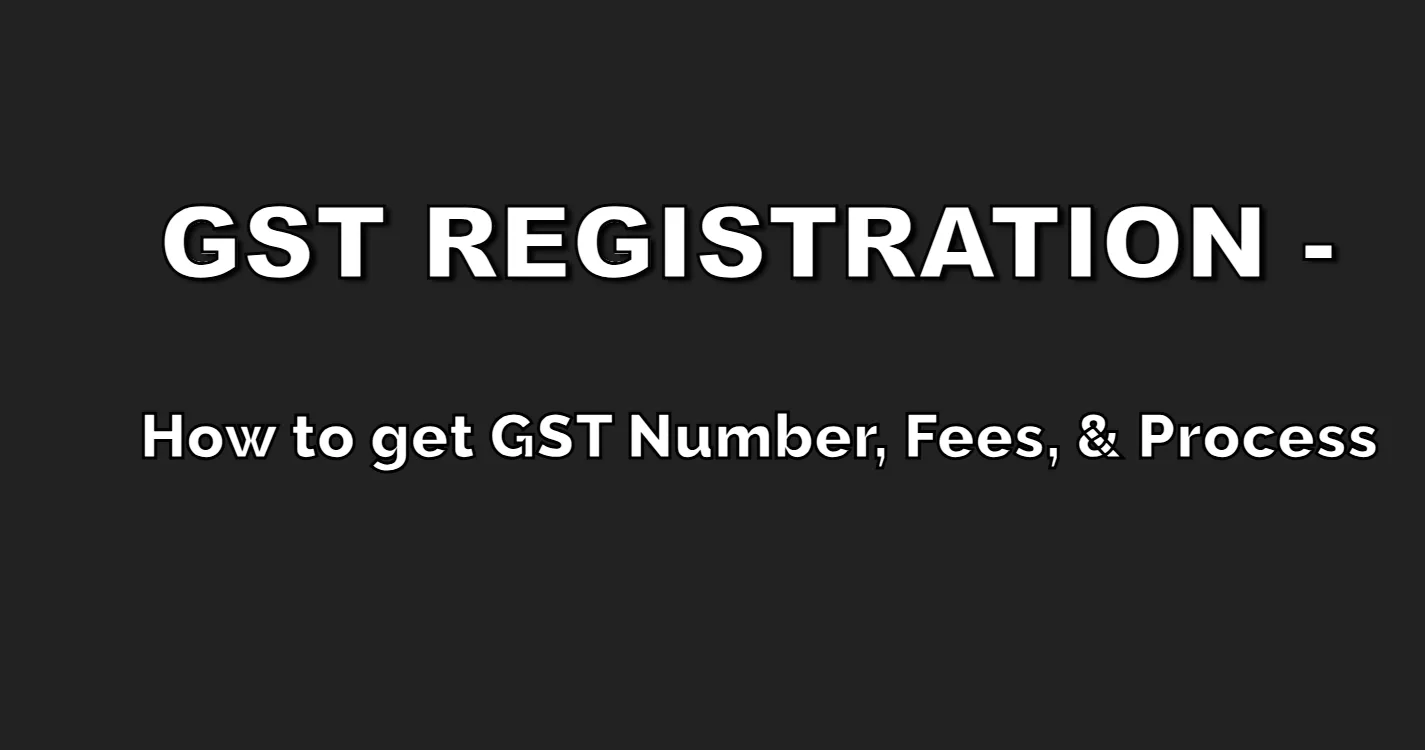Goods and Services Tax (GST) is a significant indirect tax reform in India that has revolutionized the way businesses operate. If your business falls under the GST threshold, obtaining a GST registration is mandatory. This comprehensive guide will walk you through the process of getting a GST number, the associated fees, and the necessary steps involved.
What is GST Registration?
GST registration is the process of enrolling your business with the Goods and Services Tax Network (GSTN). Upon successful registration, you are assigned a unique 15-digit GST Identification Number (GSTIN). This number is crucial for businesses to legally operate and comply with GST regulations.
Who Needs to Register for GST?
- Businesses exceeding the turnover threshold:
- Businesses with an annual turnover exceeding ₹40 lakh (₹20 lakh for businesses located in special category states) are generally required to register for GST.
- Businesses supplying goods or services through e-commerce platforms.
- Casual taxable persons and non-resident taxable persons.
- Businesses opting for the composition scheme.
- Businesses making inter-state supplies.
- Businesses registered under previous tax regimes like VAT, Service Tax, etc.
Benefits of GST Registration
- Legal Compliance: Ensures compliance with GST laws and avoids penalties.
- Input Tax Credit (ITC): Enables businesses to claim input tax credit on eligible purchases, reducing the overall tax burden.
- Improved Business Credibility: Builds trust and credibility among customers and suppliers.
- Simplified Tax Structure: Streamlines the tax process and reduces the overall tax burden compared to the previous tax regime.
How to Get a GST Number
- Visit the GST Portal: Access the official GST portal at https://www.gst.gov.in/.
- Click on “Register Now”: Locate and click on the “Register Now” button on the homepage.
- Select “Taxpayer”: Choose “Taxpayer” from the drop-down menu.
- Enter Basic Details: Provide essential information such as your business name, state, PAN number, email address, and mobile number.
- Generate Temporary Reference Number (TRN): Upon entering the required details, you will receive a Temporary Reference Number (TRN).
- Log in with TRN: Use the TRN to log in and continue the registration process.
- Fill Application Form: Complete the online application form with accurate details about your business, including address, bank details, and authorized signatories.
- Upload Documents: Upload the necessary documents, such as proof of identity, address proof, bank statements, and business registration certificates.
- Aadhaar Authentication (Optional): You may have the option to authenticate your application using Aadhaar.
- Submit Application: Review the application form carefully and submit it online.
Documents Required for GST Registration
- PAN Card: Permanent Account Number of the business.
- Aadhaar Card: Aadhaar details of the proprietor/partners/directors.
- Proof of Business Address: Rent agreement, electricity bill, property tax receipt, etc.
- Bank Account Details: Bank account statement or canceled cheque.
- Proof of Business Registration: Certificate of Incorporation (for companies), Partnership Deed (for partnerships), etc.
- Photographs: Photographs of the proprietor/partners/directors.
- Digital Signature: (Optional)
GST Registration Fees
There is no fee for obtaining GST registration through the official GST portal. However, you may incur charges for:
- Digital Signature Certificate (DSC): If you choose to use a DSC for signing the application.
- Professional Assistance: If you hire a Chartered Accountant or tax consultant to assist with the registration process.
GST Registration Timeline
The processing time for GST registration typically varies. However, it usually takes 1-3 business days for the application to be processed and approved.
Tracking Application Status
You can track the status of your GST registration application online using your Application Reference Number (ARN) on the GST portal.
Important Considerations
- Accuracy: Ensure that all the information provided in the application form is accurate and complete.
- Deadlines: Submit your application within the stipulated timeframe to avoid penalties.
- Compliance: After obtaining GST registration, ensure compliance with all GST rules and regulations, including timely filing of GST returns.
Conclusion
GST registration is a crucial step for businesses operating in India. By following the steps outlined in this guide and ensuring compliance with all regulations, businesses can seamlessly navigate the GST landscape and contribute to the growth of the Indian economy.
Disclaimer:
This information is for general guidance only and may be subject to change. Please refer to the official GST website for the most up-to-date information and for any specific queries.
Table: Key Information
| Feature | Details |
| Registration Process | Online through the GST portal |
| Documents Required | PAN, Aadhaar, Proof of Address, Bank Details, Business Registration Certificate, etc. |
| Fees | No registration fee, but may incur charges for DSC or professional assistance |
| Timeline | Typically 1-3 business days |
| Benefits | Legal compliance, input tax credit, improved credibility |
This information is for general knowledge and informational purposes only. For specific legal or financial advice, consult with a qualified professional.

